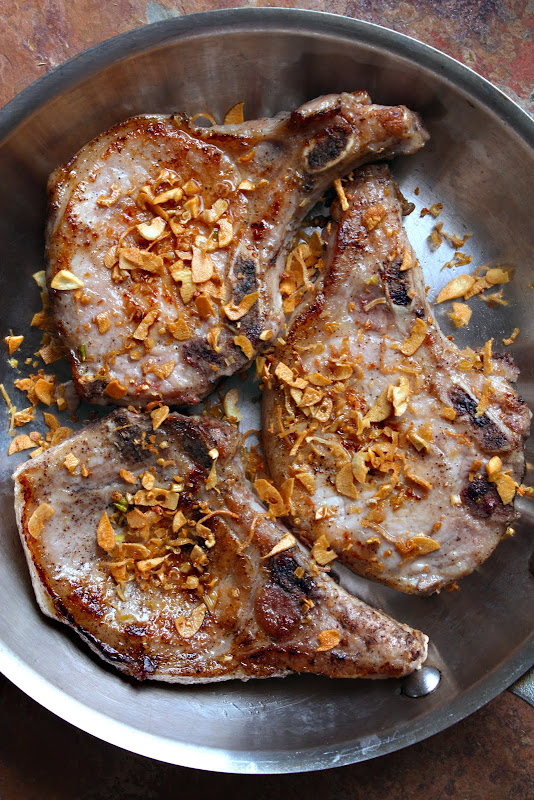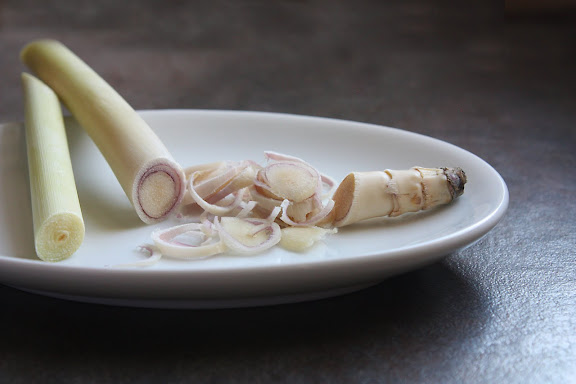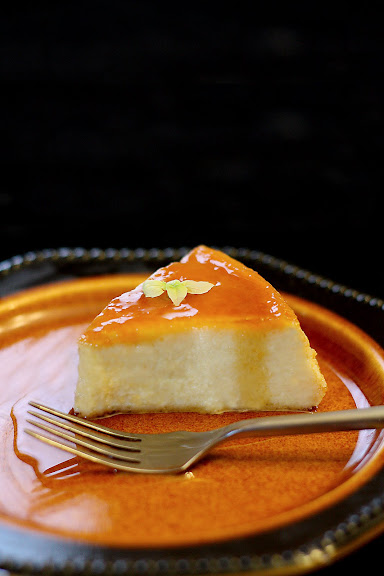
Ah, durian. Can you think of any fruit that’s more controversial and divisive? You either despise it or adore it.
Those who hate it, please avert your eyes (Now that you’re here, may I interest you with some Thai or gluten-free recipes in the archives?). Those who can’t have enough of it, please read on.

Durian (ทุเรียน), as is the case with most fruits, is best eaten fresh. The opportunity to enjoy perfectly-ripe Mon Thong (หมอนทอง) or Kan Yao (ก้านยาว) durians in their natural state alone justifies flying half way around the globe, if you’re a durian fiend like me. Short of that, the only durian avatar that does any justice at all to fresh durians would be durian in sweet coconut cream over sweet coconut sticky rice (ข้าวเหนียวน้ำกระทิทุเรียน). On a good day, I’m also willing to make an exception for sweet durian paste (ทุเรียนกวน) — the concoction most commonly used as one of the most popular mooncake fillings. That’s as far as I’m willing to go.
But durian cakes or cookies? Nah. Growing up or these days whenever I visit Bangkok, it has never occurred to me to seek out or make any treats wherein durian serves merely as a perfuming agent. I don’t have anything against durian chiffon cake or durian-flavored spritz-type cookies — the most common of all inferior durian avatars; I have eaten tons of them and would still continue to do so, if force fed. I just don’t think those are the best applications for such an expensive fruit whose greatest virtue lies in the creamy, custardy texture and sublimely sweet taste. I’ve seen tons of durian cake or cookie recipes where you’re supposed to whip up a huge batch of batter with just a tiny bit of durian pulp added. The exiguity of durian used in those recipes only serves to magnify their pointlessness.
You don’t really taste durian that way. You detect mild durian scent and that’s about it. (At a risk of undermining the width and depth of my love for durian, the scent is not the best part about durian; the texture and flavor are.) I’m sure there are people who don’t agree with this, but such is the fate of all opinions in this world.
Besides, I don’t really see the point of consuming any durian derivatives if you live in a place where plump, golden, sweet, and creamy flesh of the incomparably delicious fruit can be found any time, anywhere.

Alas, things are different here in Chicago and I am forced to drastically lower my standard. In my neck of the woods, “fresh” durians are available in two forms: frozen whole durians (sometimes thawed and sold at room temperature to lead people into thinking that they’ve never been frozen) and frozen prepared durian pulp (pitted durians wrapped in cellophane and frozen).
Both are barely edible.
In this case, transforming durian into durian-flavored treats is more than justified in my biased mind. Still, some respect needs to be paid to the king of fruit. Though undressed, abused, gutted, and previously-frozen, the thawed-out monarch still reigns and I am obligated to treat him accordingly. If he can’t be restored to his former glory, at least I need to make his avatars as close as possible to the taste and texture of the original.
And that means sweet, creamy, and custardy.
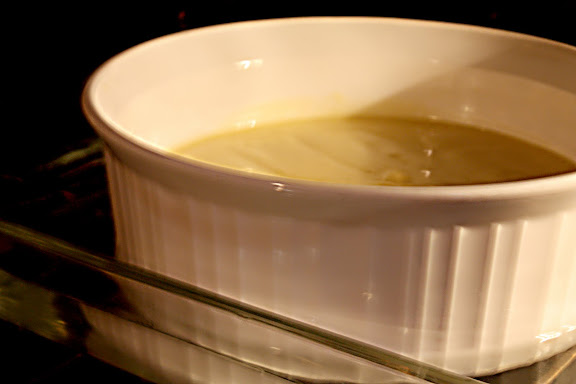 In future posts I will be writing about three ways which I like to use frozen durian pulp: durian in sweet coconut cream over sweet coconut sticky rice (ข้าวเหนียวน้ำกระทิทุเรียน), durian coconut gelato, and durian coconut flan. While the first is strictly Thai, the second and the last are obviously not traditional Thai desserts. I’m doing my best to keep them as Thai, or at least Southeast Asian, as possible. The use of coconut milk certainly helps make that goal possible.
In future posts I will be writing about three ways which I like to use frozen durian pulp: durian in sweet coconut cream over sweet coconut sticky rice (ข้าวเหนียวน้ำกระทิทุเรียน), durian coconut gelato, and durian coconut flan. While the first is strictly Thai, the second and the last are obviously not traditional Thai desserts. I’m doing my best to keep them as Thai, or at least Southeast Asian, as possible. The use of coconut milk certainly helps make that goal possible.
In case you have been distracted by my rambling, we’re making durian flan today. I’m offering two ways in which you can make this.
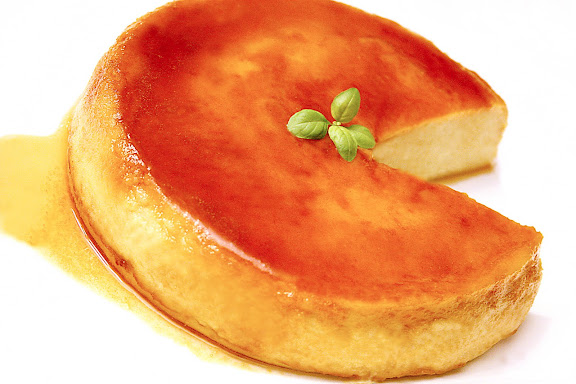
1. Do you have a favorite sweet potato or pumpkin flan recipe which you’ve successfully used over the years? If so, all you need to do is:








